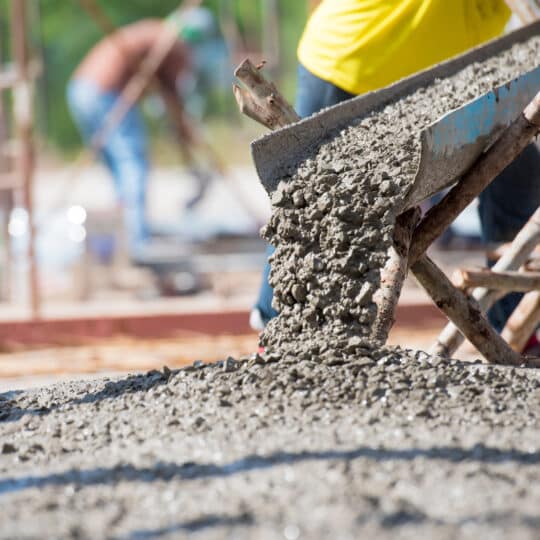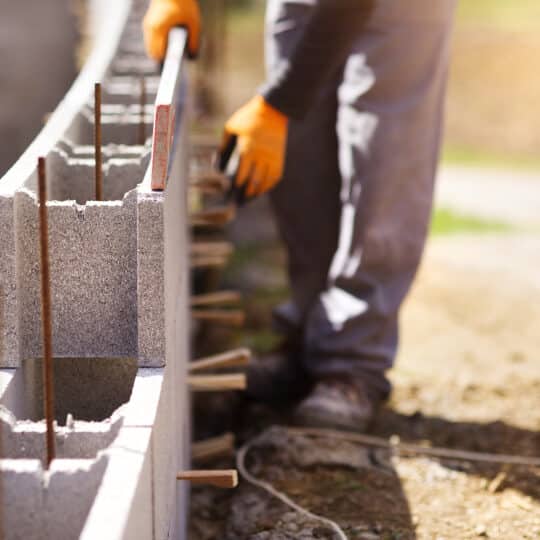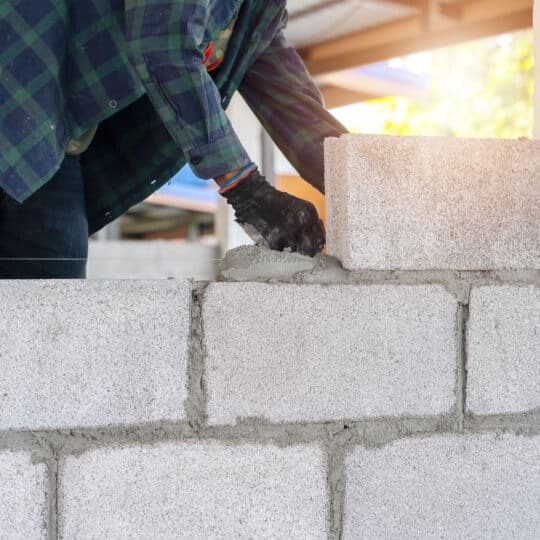Construction
Our minerals are used in a variety of construction applications such as in concrete mixes, pipe insulation, roofing board, joint compound, and spackling.
Our diatomaceous earth is well known for being a supplementary cementing material in concrete mixes that improve corrosion resistance, reduce permeability, and improve resistance to freezing and thawing cycles.
Our expanded perlite is used in high insulating qualities, is lightweight which makes it an essential part of the construction industry for loose fill insulation and insulating concrete.
Our vermiculite is used used in building boards, plasters, lightweight concrete roofs and floors. It’s economical, non-flammable, odorless, and doesn’t emit toxic fumes.
Our minerals are sourced at our deposits and processed at one of our 17 facilities across the U.S. We own and operate the mines and expansion facilities which allows us to maintain a high level of quality control and product consistency.
Contact Us
Contact us today to learn how we can help your processes, buy direct or from a distributor, or request a free sample of our products. We look forward to hearing from you.



